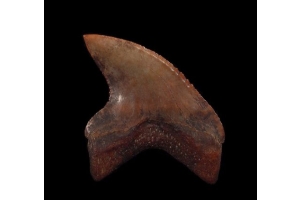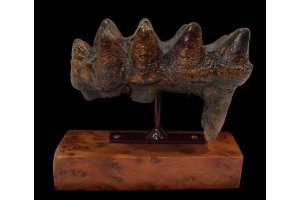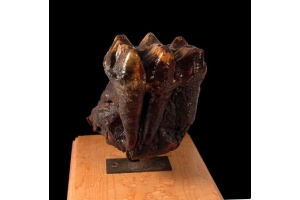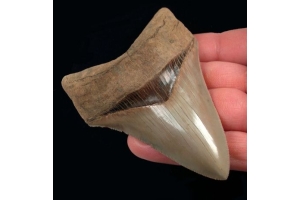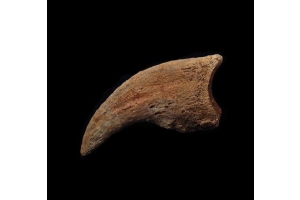Monthly Archives: February 2020
- February 27, 2020
Are you a budding paleontologist? Or do you just love reading interesting facts about the prehistoric era and the creatures that roamed around before humankind came to dominate the earth and its resources? Either way, planning museum visits with friends and family sounds like something that you may be doing regularly! After all, it is the one place where you get to see and admire all the relics from the past. Talking about museums, coming across fossils and bones of creatures that are now extinct is pretty exciting. Fossils of dinosaurs are the most sought after. These wondrous creatures were wiped off the earth about 65 million years ago at the end of the Cretaceous period. Today dinosaur bones and teeth have been dug out from around the globe. While about 700 species of dinosaurs have been discovered, Tyrannosaurus Rex, popularly referred to as T-Rex, is considered to be one among the most massive carnivores to have ever walked the earth during the late Cretaceous period! Tyrannosaurus
- February 27, 2020
One of the most ancient of all the modern sharks, Cow sharks are divided into the following five species: Sharpnose Sevengill, Broadnose Sevengill, Atlantic Sixgill, Bluntnose Sixgill, and the Bigeyed Sixgill. Of the five species, Atlantic Sixgill is the most recently discovered Cow shark. The reason why all these sharks have ‘gill’ at the end of their names is due to the obvious fact that they all possessed gill slits. But what’s with ‘Seven’ gill or ‘Six’ gill? While all the other sharks have the usual 5-gill slits, Cow sharks are unique in their make up as they possess one additional, or in certain classes such as the Sharpnose and Broadnose, two additional gill slits.
This distinct group of sharks first
- February 27, 2020
Trilobites are a group of now-extinct marine arthropods that are believed to have first appeared around 540 million years ago in what is today known as Siberia. From there, they quickly spread to other locations around the world, including the United States. Redlichiida and Ptychoparlid bigotinids are regarded as some of the earliest orders of trilobites. The name “trilobite” comes from the fact their bodies could be divided into three parts, both axially and longitudinally. Below are some more interesting facts about this arthropod that lived and thrived on our ocean floors.
1. There are more than 20,000 recognized trilobite species today.
- February 03, 2020
Paleontologists, scientists, and those enthusiastic about delving into the prehistoric age know that the great white shark of today is not the largest of the shark. Megalodon, a super-shark that ruled aquatic life in the prehistoric age, nearly 20 to 2.6 million years ago, was three times larger than the Great White shark, growing up to 16-18 meters (55-60 feet) in length. With a size so enormous, no doubt it is the largest of all sharks and was one of the most feared predators ever existed on Earth.
Most of the information about the gigantic Megalodon comes from the size of its tooth collected by researchers in different places all around the world. Judging by the tooth size, which may reach up to 18 cm (7 inches) long, researchers concluded that not only it was the largest and a fearsome creature of the prehistoric era, but also one of the most powerful




